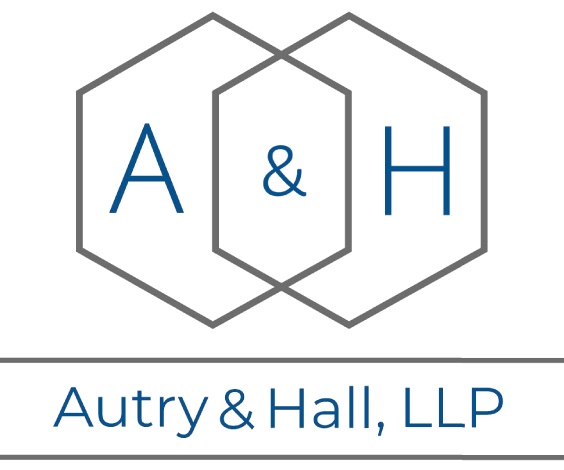Worker cooperatives are owned and controlled by their members (the workers) for the benefit of the workers. Their democratic ownership and operation set them apart from traditional businesses in which workers have no control over the business or their work environment. Worker cooperatives typically choose governance structures designed to reflect the cooperative principles of equality, transparency, and collective decision-making. However, no single governance structure fits all worker cooperatives, which adopt governance systems tailored to their size, industry, and operational needs. This post explores the common governance structures used in worker cooperatives, their benefits, and how to select the best model for your cooperative.
A. What Is Governance in Worker Cooperatives?
Governance in a worker cooperative refers to the processes, rules, and structures that determine how decisions are made, how power is distributed, and how accountability is maintained. Unlike traditional businesses, where decision-making is often hierarchical (board of directors, CEO, managers), worker cooperatives emphasize participatory governance. Key governance elements include:
- Member Participation: Every worker-owner has a say in major decisions.
- Democratic Control: Decisions are typically made using the principle of “one member, one vote.”
- Transparency and Accountability: Worker-owners have access to information about the cooperative’s operations and finances.
B. Sample Governance Structures for Worker Cooperatives
1. General Assembly Model
The general assembly is the most democratic governance structure in which all worker-owners participate directly in decision-making. This structure is most often used in smaller cooperatives, because of the difficulty of involving all worker-owners of larger cooperatives in all major management decisions.
How It Works:
- All worker-owners gather periodically to make major decisions, such as approving budgets, electing board members, and setting strategic goals.
- Day-to-day operations are managed by committees or managers accountable to the assembly of worker-owners.
Pros:
- High level of member participation and engagement.
- Promotes transparency and collective accountability.
- Ideal for small cooperatives where decision-making is manageable.
Cons:
- Can become inefficient in larger cooperatives due to lengthy deliberations and difficulty of obtaining sufficient attendance of worker-owners.
- Risk of decision fatigue for worker-owners involved in frequent meetings.
2. Representative Governance
In larger cooperatives, it may be impractical for all worker-owners to participate directly in every decision. Larger worker cooperatives may decide to use the representative governance model, which involves electing a board of directors or a managing committee to act on behalf of the membership. However, major decisions, as defined in the cooperative’s governance documents, will still be made by the worker-owners.
How It Works:
- Worker-owners elect representatives to a board of directors or managing committee, which oversees governance and strategic decisions.
- The board or committee appoints managers or subcommittees to handle daily operations.
- Major decisions, such as amending bylaws or dissolving the cooperative, will still require the approval of the worker-owners.
Pros:
- Efficient decision-making, especially in larger cooperatives.
- Allows for specialization, as board/managing committee can focus on governance while managers handle operations.
- Balances democratic participation with operational needs.
Cons:
- Risk of disconnect between management and the general membership.
- Requires clear mechanisms for accountability to prevent power imbalances.
- More likely to lead to disputes among worker-owners based on management decisions.
3. Circle or Sociocratic Governance
Sociocracy is a governance model that emphasizes distributed authority and consent-based decision-making. It is becoming increasingly popular in worker cooperatives.
How It Works:
- The cooperative is organized into interdependent circles (teams or departments) with specific roles and responsibilities.
- Each circle has a leader and a delegate, ensuring communication and coordination between circles.
- Decisions are made using consent, meaning a proposal is approved unless there are well-reasoned objections.
Pros:
- Encourages collaboration and innovation.
- Scalable and adaptable for cooperatives of various sizes.
- Reduces hierarchical power dynamics while maintaining efficiency.
Cons:
- Requires training to implement effectively.
- Consent-based decision-making may be time-consuming in contentious situations.
- A formal dispute resolution process may still be required if a decision cannot be reached
C. Challenges in Worker Cooperative Governance
Because worker cooperatives are owned and operated by their worker-owners, managing the cooperative presents unique challenges not faced by the typical business. Groups organizing a worker cooperative should keep these challenges in mind when deciding which governance model to use. Common issues include:
- Decision-Making Fatigue: Requiring high levels of participation in all decision-making can lead to burnout and loss of productivity.
- Power Dynamics: Even in democratic systems, informal hierarchies may emerge, requiring vigilance to maintain equity.
- Communication Gaps: Large cooperatives may struggle with ensuring that all members are informed, engaged, and provided the opportunity to participate in decision-making.
- Unclear Dispute Resolution Methods: If governance documents (such as bylaws) do not clearly state how disputes will be resolved, disputes among worker-owners could create major issues for the cooperative and potentially lead to the exit of worker-owners or litigation.
Addressing these challenges requires clear communication, regular training, and mechanisms for feedback and accountability. The group forming a cooperative will need to consider these and other issues when drafting the governance documents, such as the bylaws or operating agreements.
D. Best Practices for Effective Governance
- Develop Clear Governance Documents: Ensure that governance roles and processes are well-defined and accessible to all worker-owners.
- Foster a Culture of Participation: Encourage worker-owners to take an active role in governance through education, training, and support.
- Leverage Technology: Use tools like online voting platforms and collaboration software to streamline decision-making and encourage participation.
- Regularly Review Governance Practices: Periodically assess and adjust governance structures to meet the evolving needs of the cooperative.
- Invest in Training: Provide worker-owners with the skills and knowledge needed for effective management and participation.
E. Conclusion
By choosing the right governance structure and fostering a culture of democratic participation, worker cooperatives can empower their worker owners and uphold cooperative principles while conducting business operations that benefit their worker-owners and the community. Whether adopting a general assembly, representative board, or sociocracy, the key is to ensure that the cooperative’s governance structure aligns with the cooperative’s mission, size, and operational needs.
For more information about the information contained in this post, please contact Roland Hall at [email protected].
This post is for informational purposes only and does not constitute legal advice. Viewing this content does not create an attorney-client relationship.

